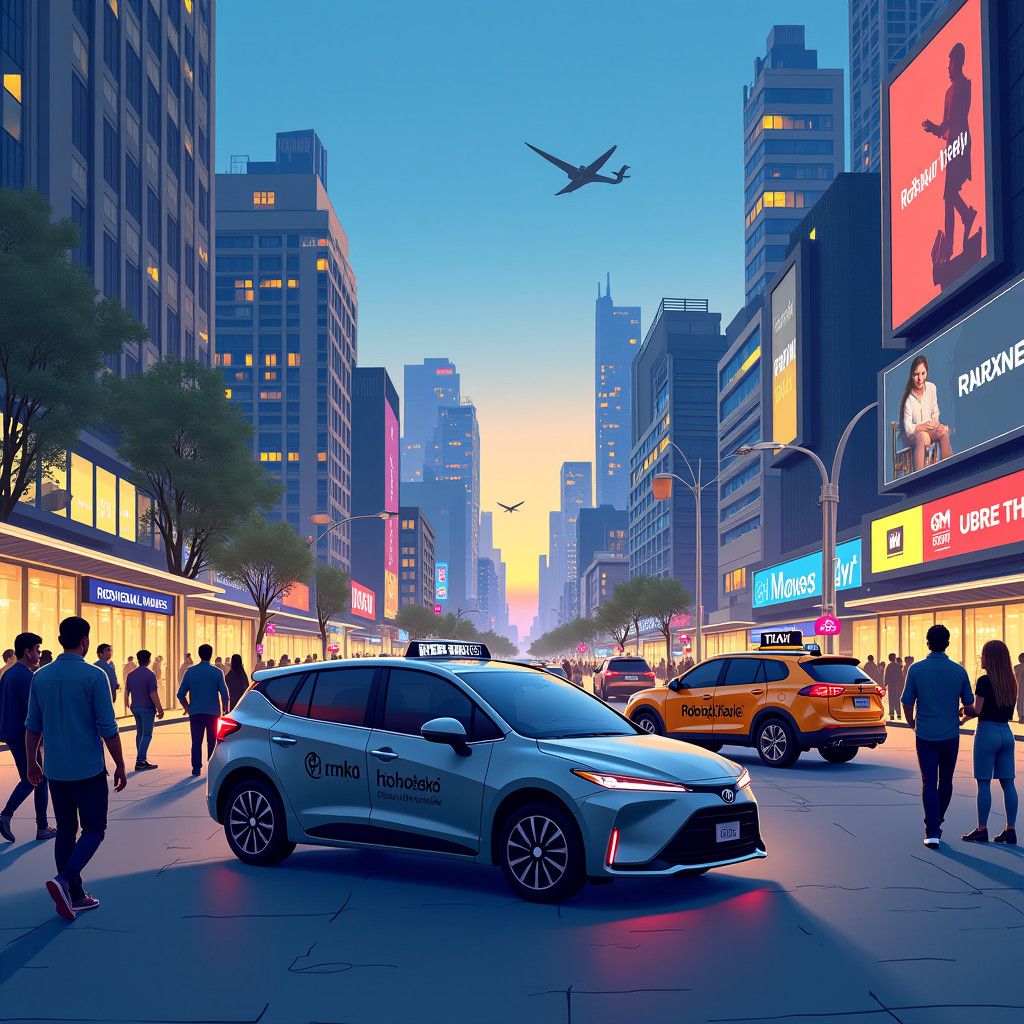In a notable turnaround for the automotive industry, General Motors (GM) has decided to terminate its robotaxi initiative under the Cruise brand. This decision underscores significant shifts in strategy as GM pivots back to prioritizing personal autonomous vehicles. The halt of Cruise comes amidst growing competition and rising operational costs within the robotaxi sector, a once-promising area of expansion in the face of technological advancements.
GM established Cruise in 2013, aiming to leverage revolutionary technology for autonomous ridesharing. For several years, the company invested heavily in developing its self-driving capabilities and attempted to establish Cruise as a leading player in the emerging market for autonomous taxis. However, despite their efforts, the company experienced hurdles that raised doubts about the sustainability of the robotaxi model.
The challenges facing GM are not unique to the company but rather reflect broader issues within the autonomous vehicle sector. According to a recent report by the industry consultancy, McKinsey & Company, operational costs for robotaxi services can be significantly higher than experts initially predicted. Factors contributing to these costs include complex regulatory environments, safety concerns, and the technological challenges associated with deploying fully autonomous vehicles in mixed-traffic conditions.
For instance, the rollout of bidirectional camera systems and LiDAR (Light Detection and Ranging) technologies has been far more expensive than many anticipated. These systems are crucial for autonomous vehicles to understand their environments effectively. Yet, maintaining and upgrading these technologies to ensure reliability incurs ongoing costs that strain profit margins.
Competitors like Waymo and Tesla have also experienced setbacks in their robotaxi projects, reflecting an industry-wide pattern of cautious optimism turning to pragmatism. Waymo’s operational robotaxi fleet has not scaled to a level that generates significant revenue despite the backing of its parent company, Alphabet. Additionally, Tesla’s Autopilot feature—while advanced—has not yet reached the level of robustness needed for unsupervised driving without human oversight.
Moreover, GM’s decision comes in a context where consumer preferences are also shifting. Data from recent surveys conducted by the market research firm Statista reveals that many consumers are still hesitant about adopting fully autonomous vehicles. Concerns regarding safety, reliability, and the viability of such services can outweigh the convenience offered by robotic taxis.
As hybrid vehicle technology continues to advance, it appears many consumers prefer maintaining ownership of their vehicles, opting for the autonomy that comes with personal transportation rather than relying on a robotaxi service. This consumer sentiment plays a significant role in GM’s decision to refocus on enhancing personal autonomous vehicles instead of robotaxi services.
Looking ahead, GM plans to concentrate its efforts on personalized autonomous vehicles equipped with advanced driver-assistance systems (ADAS) aimed at enhancing safety and supporting drivers. The company is redirecting its substantial investments toward developing these technologies, intending to appeal to a market that favors more traditional car ownership while addressing modern safety demands.
What does this shift mean for the future of mobility? For one, it could herald a resurgence in innovation for personal vehicles, with GM leading the charge. Efforts may focus on making cars smarter and safer while still allowing for consumer preference regarding personal ownership. In the longer term, this might inspire new partnerships with tech firms focused on AI and machine learning to further enhance vehicle capabilities.
Ultimately, GM’s withdrawal from the robotaxi business highlights the need for adaptability in the face of market realities. As consumer preferences evolve and operational challenges persist, the automotive industry must respond strategically to stay competitive. This pivot will test GM’s ability to bring forward-thinking technologies to the consumer market, while also hinting at broader trends in the automotive landscape.
As the story of autonomous vehicles continues to unfold, both industry players and consumers alike will watch closely. For now, GM’s shift serves as a compelling reminder of the dynamic nature of the automotive sector, driven by both innovation and the realities of consumer demand.
